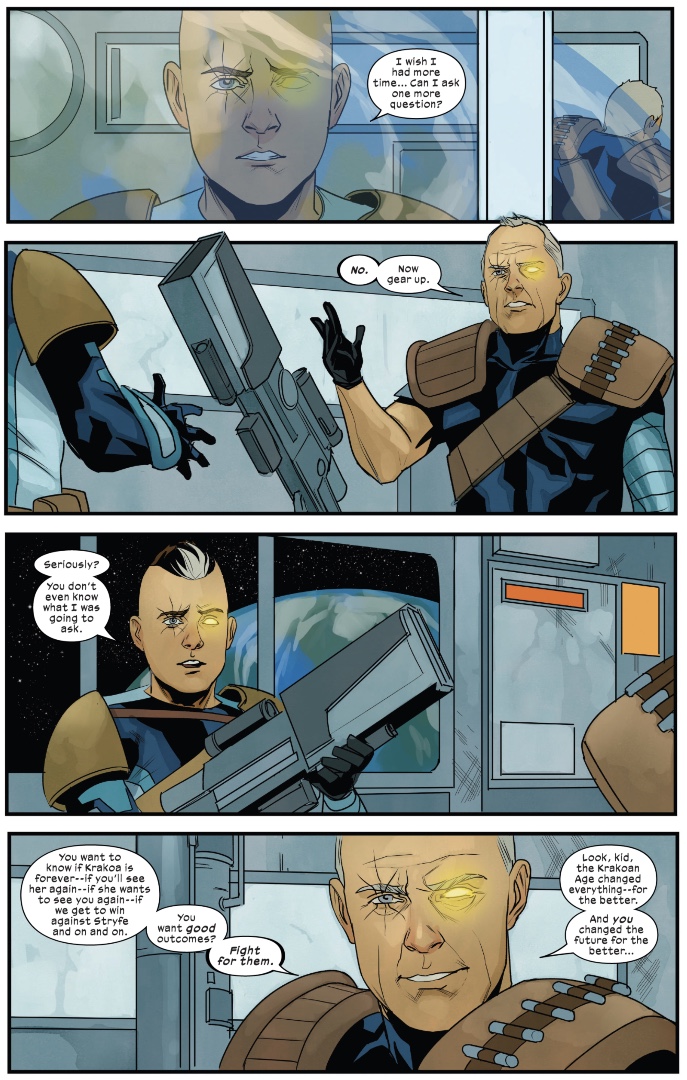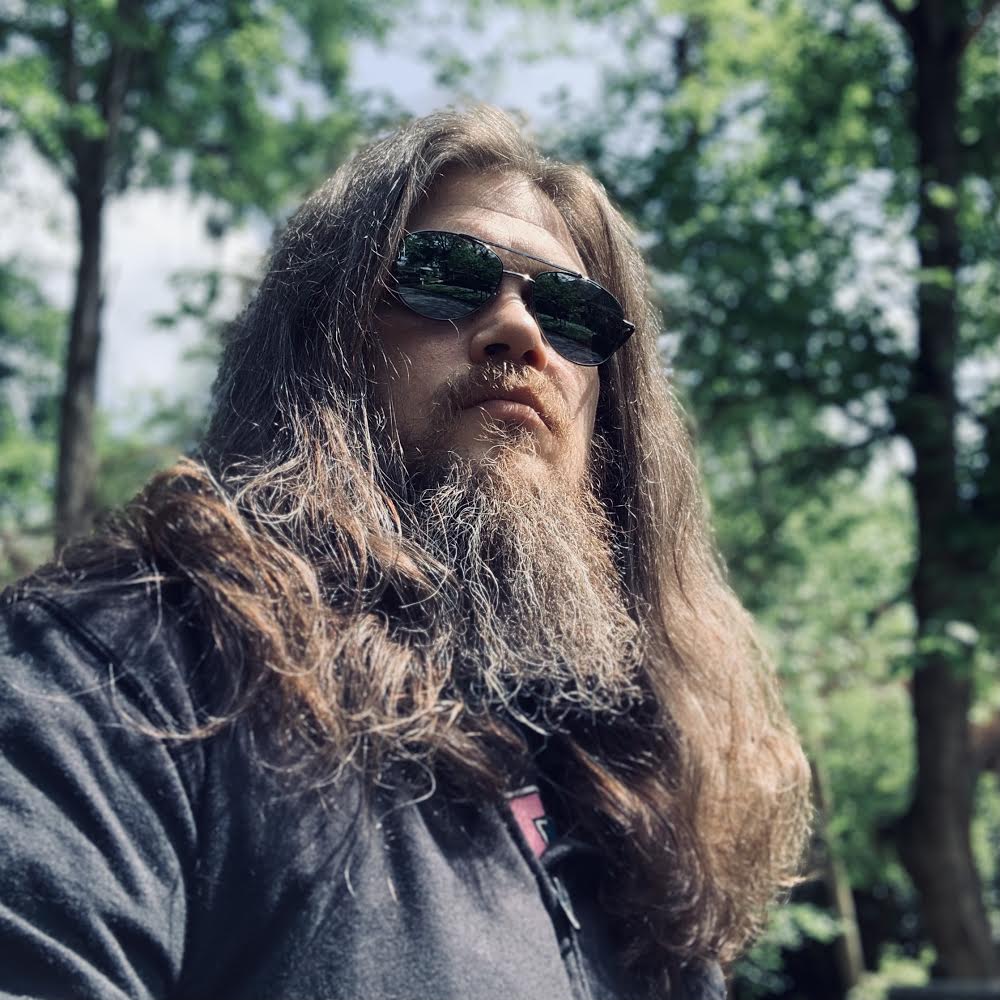Marvel Comics has officially adopted the term 'Variant' from the MCU
Marvel Comics has officially adopted the MCU's 'variant' terminology
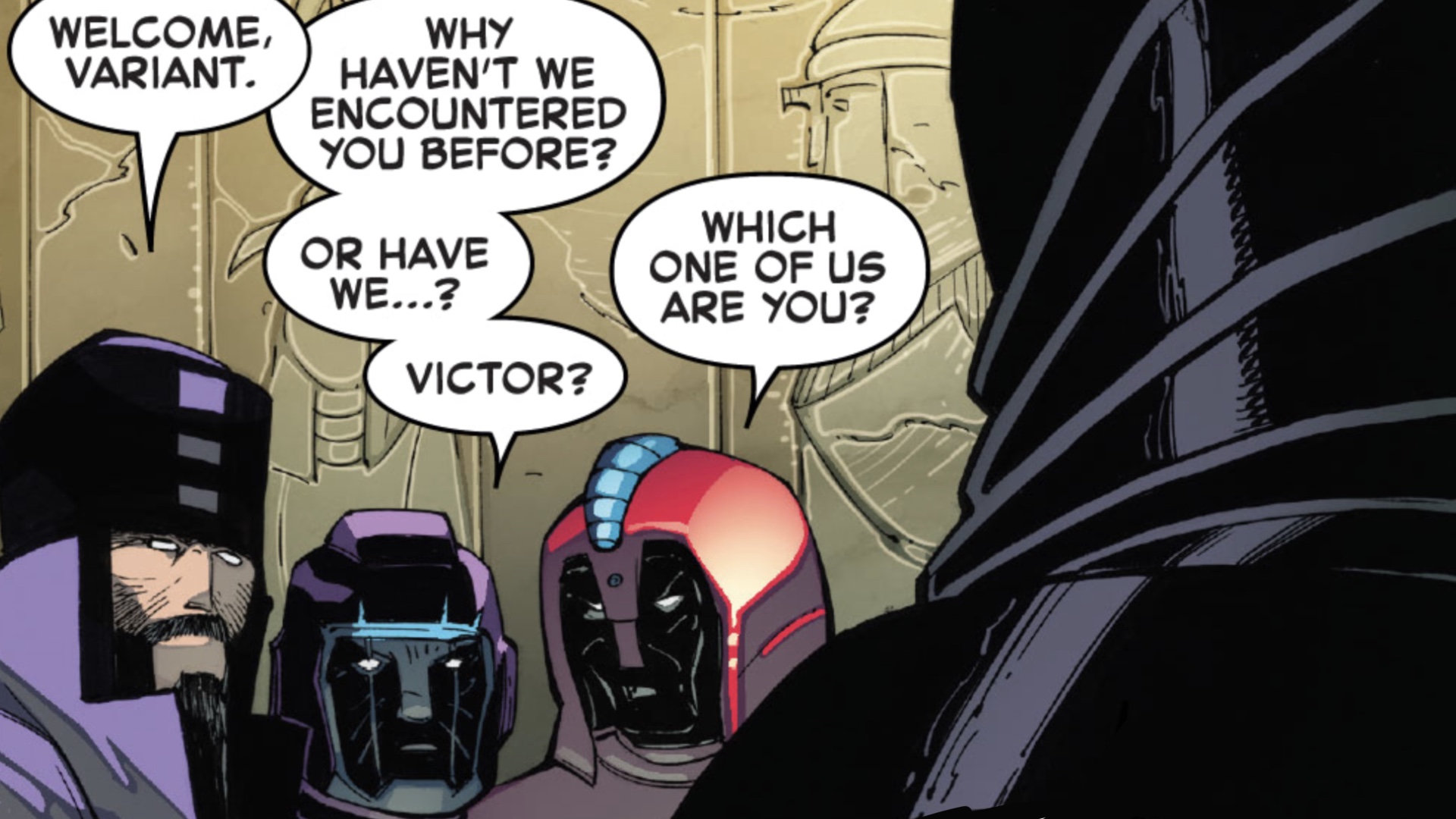
When it comes to Marvel Comics, the concept of alt-reality 'variants' of well-known characters has existed for decades, well before the MCU popularized the idea in its Loki show. But that specific terminology - 'variant' - has traditionally meant something slightly different in the world of comic books, usually coming up in the real world in regards to variant covers.
Now, as of September 15's new comic book releases, the actual terminology of the 'variant' has come to Marvel Comics, along with some new 'variants' related to characters who are already deeply tied to the concept.
Variants in Marvel Comics
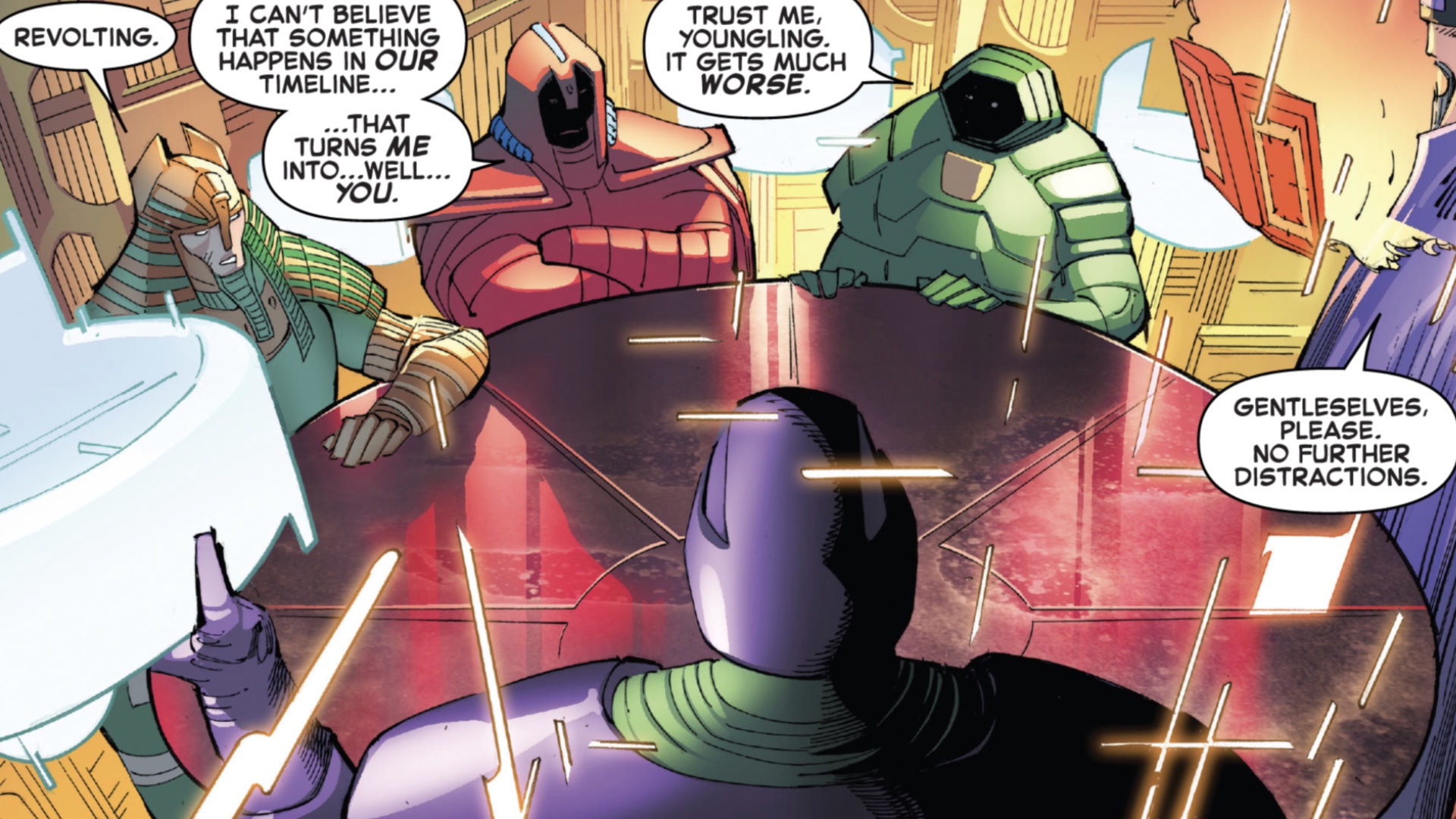
Fantastic Four #35 pits the FF against Kang the Conqueror and several of his many variants. Though that story seems to introduce a new Kang variant, there's a bit of a twist on the idea (read more about what goes down in FF #35). But with that twist also comes one of the first instances in Marvel Comics of a character using the term 'variant' to describe an alternate reality version of another character.
In this case, it's Immortus, one of the main Kang variants, who addresses the new alt-Kang, Scion, as "Variant" when he arrives at their meeting.
Then in Kang the Conqueror #2, the young Nathaniel Richards, fresh off of defeating his own future self, meets another version of himself after arriving in the era of Rama-Tut. There he encounters another variant, this time of Kang's eternal love, Ravonna, who, in the era of Rama-Tut, is the enforcer of the goddess Khonshu known as Moon Knight.
First turning his armor into that of Iron Lad to fight Rama-Tut, Nathaniel Richards is then captured by the Time Pharoah. Iron Lad reveals his identity, with Rama-Tut realizing that though they are the same person, he has no memory of his time fighting himself as Iron Lad.
This leads Rama-Tut to question the nature of Nathaniel's existence, saying "Fascinating. I… have no memory of this. A divergent timeline perhaps? A variant? Or a new loop?"
Get the best comic news, insights, opinions, analysis and more!
Ultimately, Rama-Tut uses his Ultra-Diode Ray to mind control Nathaniel, forcing him to turn his armor into that of the Scarlet Centurion (another Kang variant) and fight as his general.
All of this officially brings the Marvel Cinematic Universe terminology of 'variants' into the Marvel Universe, where many characters - especially Kang - have encountered alt-reality versions of themselves and others.
Interestingly enough, it was actually a version of Kang himself who coined the previous widely used term for versions of characters from alternate timelines: 'divergent'. The time conqueror used the term 'divergent' throughout the classic '80s story Avengers: The Once and Future Kang - a story which introduced the Council of Cross-Time Kangs, a whole organization of Kang variants.
Variants of variants
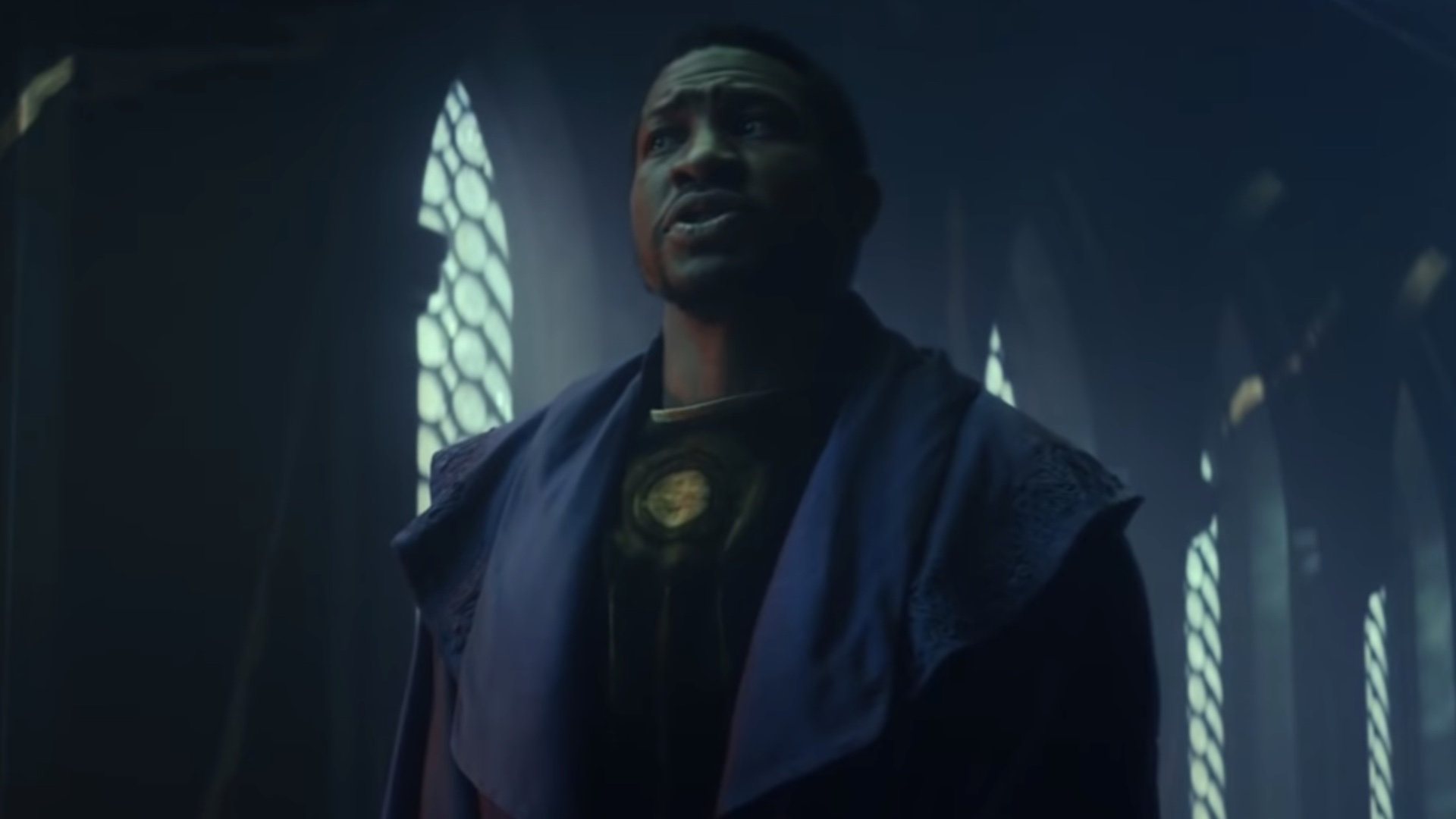
So what does this mean for Marvel Comics? Well, probably not a whole lot, aside from a stronger connection to the MCU, where the 'variant' terminology has suddenly become one of the central themes of the current MCU phase following the focus on the idea in Loki, which introduced the first movie variants in the form of alt-versions of Loki himself.
Adding the 'variant' terminology to Marvel Comics does open up a stronger, more cohesive connection between some of the main Marvel characters who have plenty of alt-reality versions of themselves running around.
Wolverine, for one, has had several alternate versions of himself in play in the Marvel Universe at once, with Old Man Logan (a version of Logan from a dystopian future) co-existing with the Ultimate Universe Wolverine's son James Hudson - himself the child of a Wolverine variant. And then there are Wolverine's genetic duplicates Laura and Gabby Kinney running around, who are more clones than variants, which brings its own complications.
Speaking of clones, there's also Spider-Man, who has co-existed both as Peter Parker and Ben Reilly at the same time (with Ben Reilly about to be the main Spider-Man in core continuity), while the future Spider-Man of the year 2099 has also ventured into the past to co-exist alongside Peter Parker.
And that's saying nothing of the veritable army of Spider-Man variants who appeared in Spider-Verse - including Ghost-Spider, who is herself a Gwen Stacy variant who was introduced in that story.
Then of course there's Cable, the son of Cyclops and Madelyne Pryor (herself a clone of Jean Grey), the older, original version of whom recently replaced against Kid Cable, his own past variant who was operating as the main Cable of the Marvel Universe for a while.
Kid Cable came to the Marvel Universe following the return of the original five X-Men to their own timeline, after essentially creating a whole variant timeline for themselves after traveling to the present day.
Meanwhile, much like his descendant Kang, Reed Richards of the Fantastic Four himself once had his own secret society of variants, known as the Council of Reeds.
Phew!
As you can see, the concept of 'variants' is well-versed in Marvel Comics, though the language readers and creators use to describe the idea has evolved significantly since the onset of the MCU's focus on 'variants,' perhaps opening the door to a more codified version of what 'variants' mean for the Marvel Comics Multiverse, and its core 616 reality.
Learn the history of Marvel's Multiverse and the core 616 Marvel Universe.
I've been Newsarama's resident Marvel Comics expert and general comic book historian since 2011. I've also been the on-site reporter at most major comic conventions such as Comic-Con International: San Diego, New York Comic Con, and C2E2. Outside of comic journalism, I am the artist of many weird pictures, and the guitarist of many heavy riffs. (They/Them)

